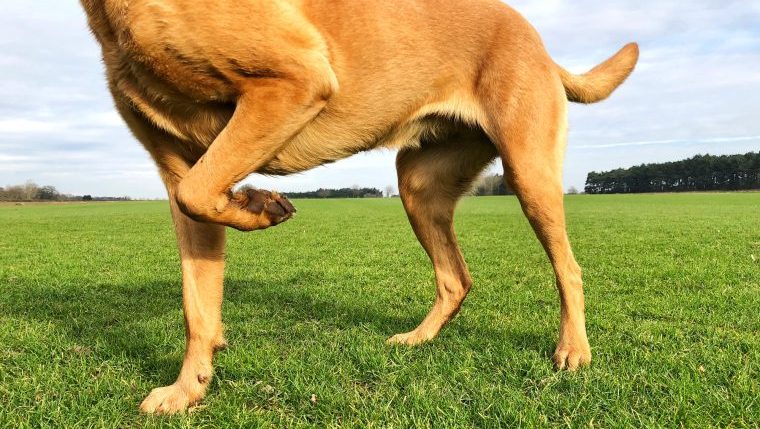
Researchers at the University of Wisconsin (UW) developed a new test to find your dog’s risk of developing cruciate ligament ruptures.
What Are Cruciate Ligament Ruptures?
Interestingly, dog knees are much like our own. Inside the knee joint—where your femur meets your tibia—two bands of tissue cross each other through the middle of the knee. Joining the two bones together, these are the cruciate ligaments.
Being a free-moving hinge joint, there are few bones holding the knee together. As a result, the ligaments and tendons hold it all in place. Unfortunately, the daily stress of chasing balls and going on walks wears these ligaments down and weakens them. According to this report, the top causes of cruciate ligament ruptures are severe trauma and age.
Preserving Dog (And Eventually Human) Health
At first, researchers developed the test as a platform for a human diagnostic tool. Peter Muir, one of the researchers and a professor of Surgical Sciences at UW, says, “Our initial interest in the disease is as a spontaneous animal model for human orthopedic disease.”
Beyond lifelong arthritic pain, treating ligament ruptures is expensive and questionably effective. Shockingly, surgery can range from $4,000 to $7,000 per knee. To make matters worse, a rupture in one knee creates a 50% chance of rupture in the other. Fortunately, the new test means treatments can happen before a serious rupture, keeping dogs pain-free and avoiding costly procedures.
Developing the Test
To create the test, researchers analyzed over 1,000 Labrador Retriever genomes. Beginning in 2016, researchers scanned each genome, logging any variants that could be linked to the disease. However, the process was both tedious and difficult. Muir says, unlike many diseases where a single marker could mean a mutation, “any individual Labrador that inherits enough small effect variants in combination will have high genetic risk typical of a cruciate ligament rupture case.”
At the moment, the results seem reliable. Interestingly, a dog’s risk of developing the ruptures is 62% genetic and 38% environmental. Furthermore, the strong link between genetic variance and disease means the test can predict a dog’s risk with 98% accuracy.
With such promising data, UW has begun offering the test to the public. For now, however, the test is only available for Labradors. A recent press release explains the research and benefits to dog parents. Anyone interested in having their dog tested is encouraged to reach out to the school.








